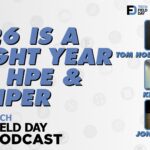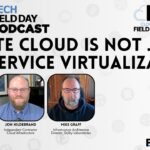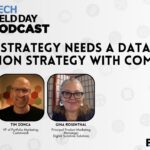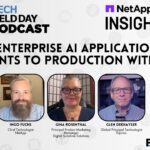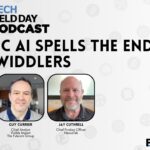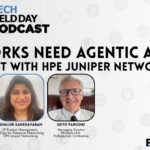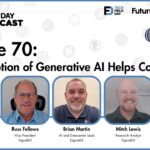2025 was a big year for both HPE and Juniper, but 2026 is the year when the real integration starts. In this episode of the Tech Field Day podcast, Tom Hollingsworth is joined by wireless experts Jonathan Davis and Keith Parsons as they look at the acquisition of Juniper Networks by HPE and what the future holds for the new combined company.
They discuss how the culture of the two companies is coming together as well as the unification of their management platforms. They look at the differences between Juniper Mist and Aruba Central and which platform will be the one users log into going forward. The guests also look at the competition between Cisco and HPE and how the race will develop as customers look to refresh their installations and what they are likely to choose.








